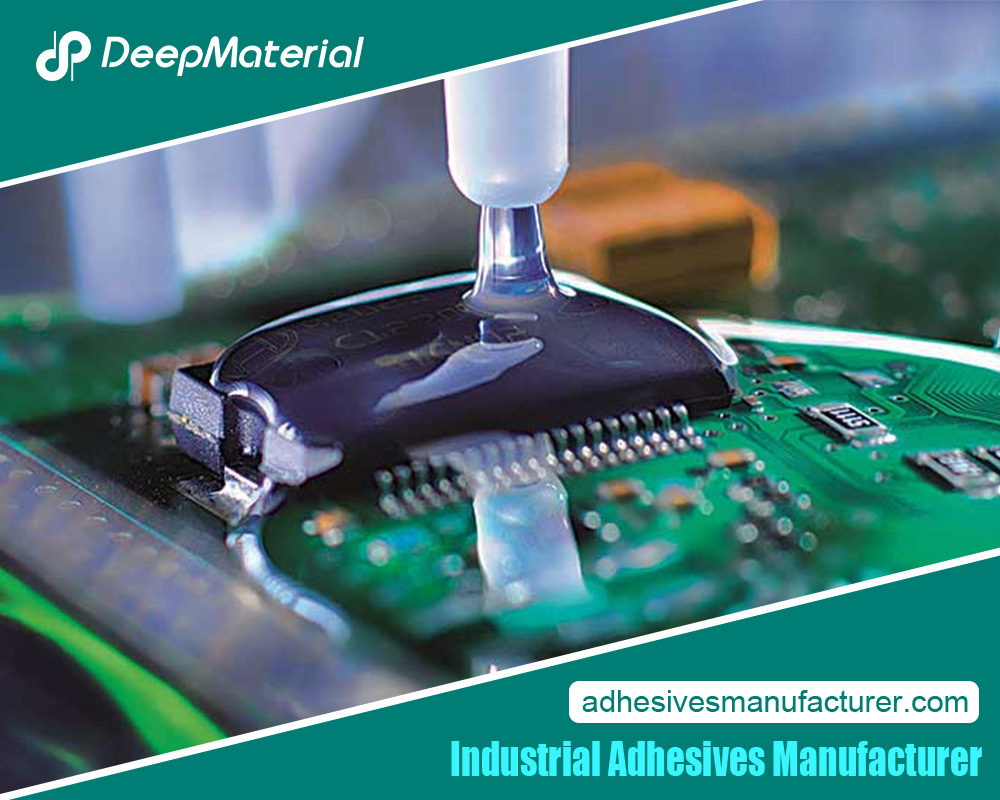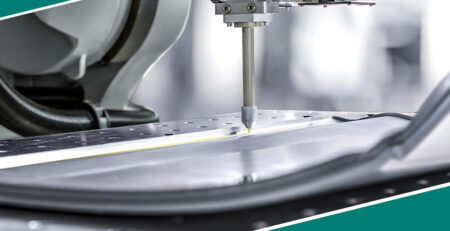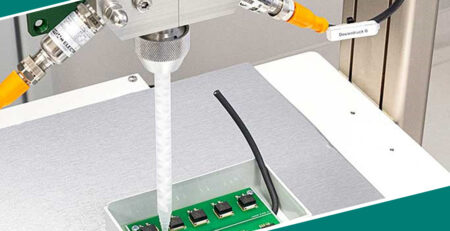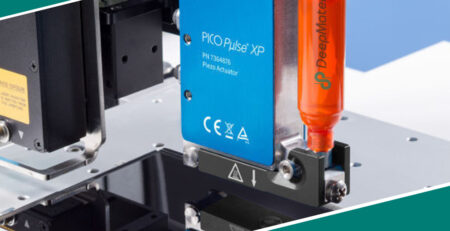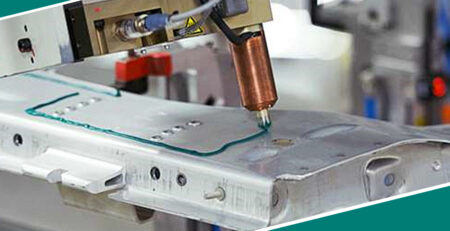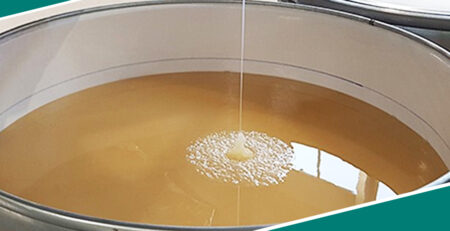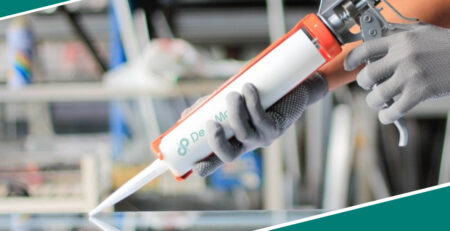Navigating the World of Hot Melt Adhesive Manufacturers
Navigating the World of Hot Melt Adhesive Manufacturers
Hot melt adhesives have become a cornerstone of various manufacturing processes in today’s fast-paced industrial landscape. These adhesives, known for their versatility and strong bonding properties, are utilized in multiple applications, from packaging to automotive assembly. As industries seek to enhance efficiency and product quality, understanding the role of hot melt adhesive manufacturers becomes crucial. This article delves into the hot melt adhesive manufacturing landscape, exploring key factors influencing the industry, the types of adhesives available, and the challenges manufacturers face.
Types of Hot Melt Adhesives
Hot melt adhesives (HMAs) are widely used in industrial and consumer applications for their quick bonding and user-friendly nature. These thermoplastic adhesives are applied in a molten state and solidify as they cool, offering a variety of properties suited to different needs. Hot melt adhesive manufacturers typically produce several types of HMAs, each tailored to specific applications:
- EVA-Based Hot Melt Adhesives: Ethylene-vinyl acetate (EVA) is a prevalent base for HMAs, valued for its flexibility and strong adhesion to various substrates. This type is often used in packaging and product assembly due to its ease of use and reliable performance.
- Polyamide-Based Hot Melt Adhesives: These adhesives are renowned for their excellent high-temperature resistance. Polyamide-based HMAs are ideal for demanding applications where durability under heat is crucial, such as in the automotive and electronics industries.
- Polyurethane-Based Hot Melt Adhesives:Polyurethane-based HMAs are known for their superior adhesion and long-lasting durability. They are suited for applications that require robust bonds and resistance to environmental factors like moisture and chemicals. They are commonly used in construction and high-performance packaging.
- Styrenic Block Copolymer-Based Hot Melt Adhesives: Offering a balanced combination of flexibility and strength, these HMAs are often employed in consumer goods and packaging. They provide a reliable bond while maintaining flexibility for various end-use applications.
Critical Considerations for Choosing a Manufacturer
When selecting a hot melt adhesive manufacturer, evaluating several vital factors ensures you partner with a reliable and capable provider.
- Quality Assurance: An excellent hot melt adhesive manufacturer’s foundation lies in its commitment to quality. Look for manufacturers with rigorous quality control measures and relevant certifications. Compliance with international standards strongly indicates consistent product quality and reliability.
- Customization Capabilities:Every application has unique requirements, and the ability to customize adhesives to meet specific needs can significantly enhance the performance of the final product. Manufacturers with robust customization capabilities can tailor their formulations to address particular industry demands or application challenges.
- Research and Development:An active research and development (R&D) department is crucial for staying ahead in the adhesive industry. Manufacturers investing in R&D are more likely to provide innovative solutions and advanced formulations that address evolving industry needs and technological advancements.
- Customer Support and Technical Service:Effective customer support and technical service are vital for ensuring that any issues with adhesive products are resolved quickly and efficiently. Manufacturers that offer robust technical assistance can help optimize adhesive performance and address any challenges that arise during application.
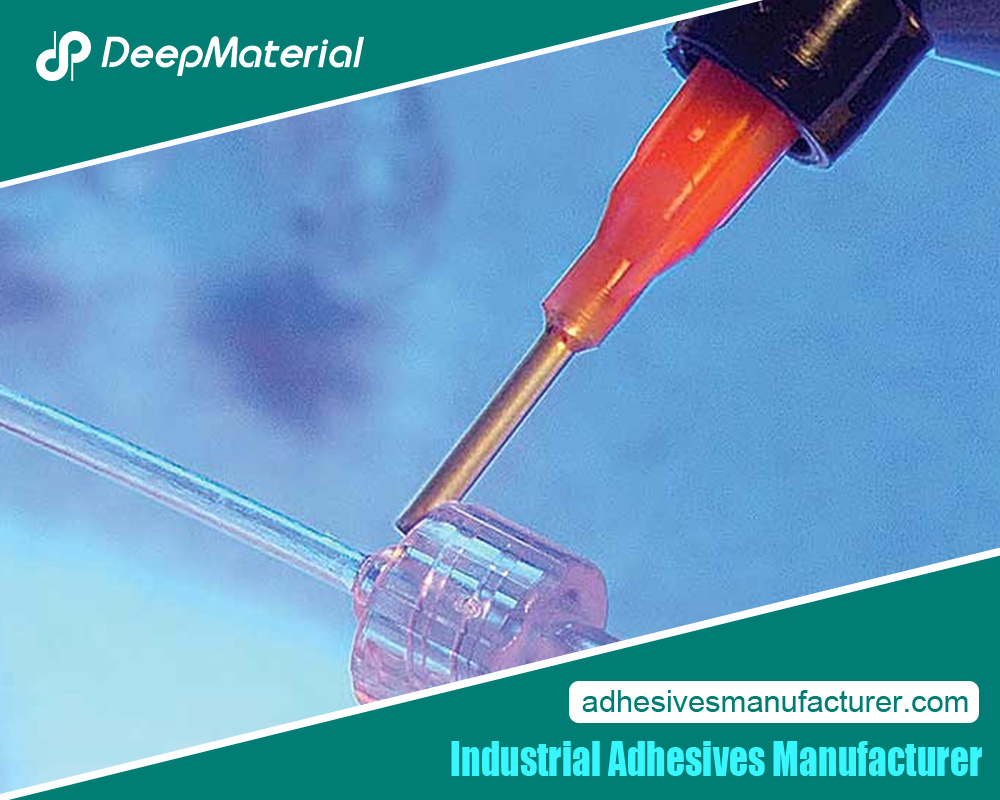 Applications and Industries
Applications and Industries
Hot melt adhesives (HMAs) are incredibly versatile and find widespread use across various industries due to their ability to quickly provide solid and reliable bonds. Hot melt adhesive manufacturers supply these crucial materials for multiple applications, each benefiting from HMAs’ unique properties.
- Packaging:One of the most common applications of hot melt adhesives is in packaging. These adhesives are extensively used for carton sealing and labeling, ensuring that packages are securely closed and ready for shipment. The rapid setting time of HMAs helps streamline production lines, improving efficiency in packaging operations.
- Automotive: Hot melt adhesives significantly enhance vehicle durability and performance in the automotive industry. They are used for bonding trim components and sealing various parts, such as dashboards and panels. The strong adhesion provided by HMAs contributes to the longevity and robustness of automotive assemblies, even under challenging conditions.
- Textiles: The textile industry also benefits from hot melt adhesives in several ways. HMAs are utilized for fabric bonding, garment assembly, and the production of non-woven fabrics. Their ability to bond different fabrics without sewing makes them ideal for creating durable and flexible textile products.
- Construction:In the construction sector, hot melt adhesives (HMAs) are used to assemble panels, flooring, and insulation materials. The strong bonds HMAs form help ensure the structural integrity of buildings and other construction projects. Additionally, these adhesives resist environmental factors such as moisture and temperature fluctuations, making them suitable for various construction applications.
Challenges in Hot Melt Adhesive Manufacturing
The manufacturing of hot melt adhesives presents a range of challenges that hot melt adhesive manufacturers must navigate to maintain efficiency and competitiveness in the industry.
- Raw Material Costs: One of the primary challenges hot melt adhesive manufacturers face is fluctuating raw material costs. The prices of key components, such as polymers and resins, can vary significantly due to market conditions, geopolitical factors, and supply chain disruptions. These fluctuations can impact production costs and necessitate adjustments in pricing strategies to remain competitive while ensuring profitability.
- Environmental Regulations: Manufacturers must adhere to stringent environmental regulations concerning emissions, waste management, and the overall ecological footprint of their production processes. Compliance with these regulations often requires investing in advanced technologies and practices to reduce emissions and manage waste effectively. This adherence can increase operational costs but is essential for sustainable manufacturing practices and regulatory compliance.
- Innovation and Competition:The hot melt adhesive industry is characterized by rapid technological advancements and fierce competition. To stay ahead, manufacturers must continuously innovate their products and processes to meet evolving market demands and address emerging applications. The pressure to develop new formulations, improve adhesive performance, and reduce production costs is significant, requiring ongoing investment in research and development.
- Supply Chain Management: Efficient supply chain management is critical for the success of hot melt adhesive manufacturing. Ensuring the timely delivery of raw materials and finished products is essential to avoid production delays and maintain operational efficiency. Disruptions in the supply chain, whether due to logistical issues, supplier reliability, or external factors, can affect the overall effectiveness of manufacturing operations and impact customer satisfaction.
Future Trends in Hot Melt Adhesive Manufacturing
As industries evolve, several trends are shaping the future of hot melt adhesive manufacturing:
- Sustainability: There is a growing emphasis on developing eco-friendly adhesives with reduced environmental impact, including biodegradable and recyclable options.
- Advanced Formulations: Innovations in adhesive formulations lead to improved performance characteristics, such as enhanced temperature resistance and bond strength.
- Innovative Adhesives: Integrating smart technologies in adhesives, such as those that change properties in response to environmental stimuli, is expected to create new opportunities in various applications.
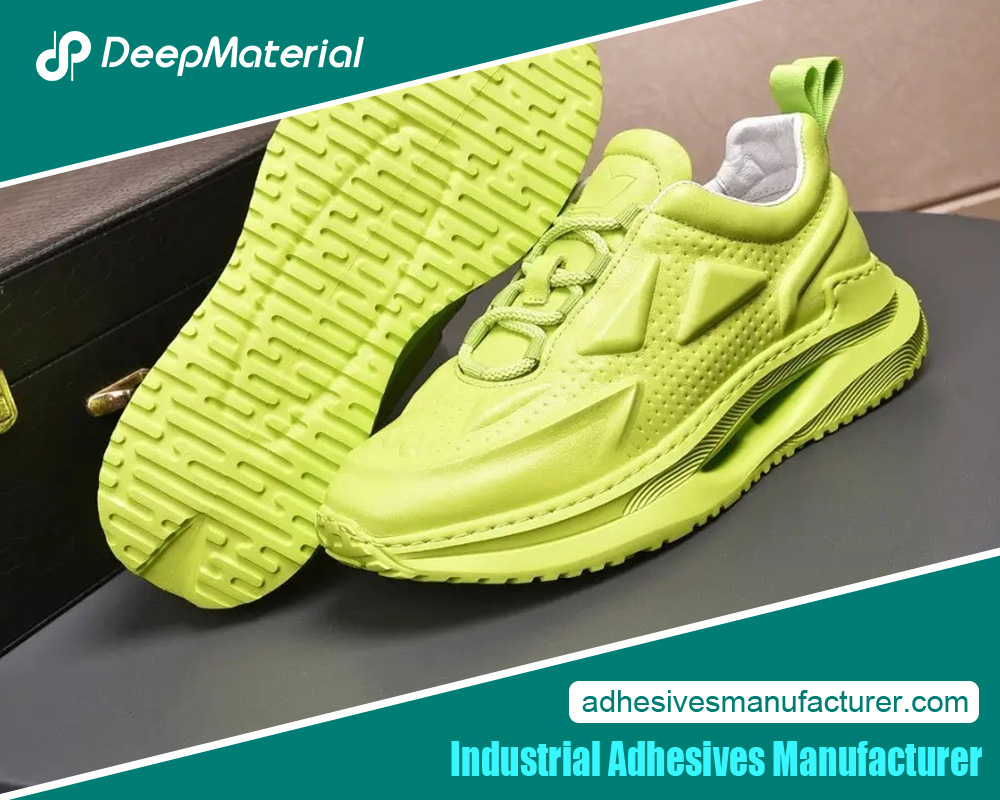 Conclusion
Conclusion
Hot melt adhesives are pivotal in modern manufacturing, offering solutions that enhance efficiency and product quality across diverse industries. Understanding the landscape of hot melt adhesive manufacturers—ranging from the types of adhesives available to the challenges and trends shaping the industry—provides valuable insights for businesses seeking to optimize their adhesive applications. As the demand for advanced and sustainable solutions grows, manufacturers will continue to innovate and adapt, ensuring that hot melt adhesives remain a vital component of industrial processes.
For more about navigating the world of hot melt adhesive manufacturers, you can pay a visit to Deepmaterial at https://www.adhesivesmanufacturer.com/ for more info.

